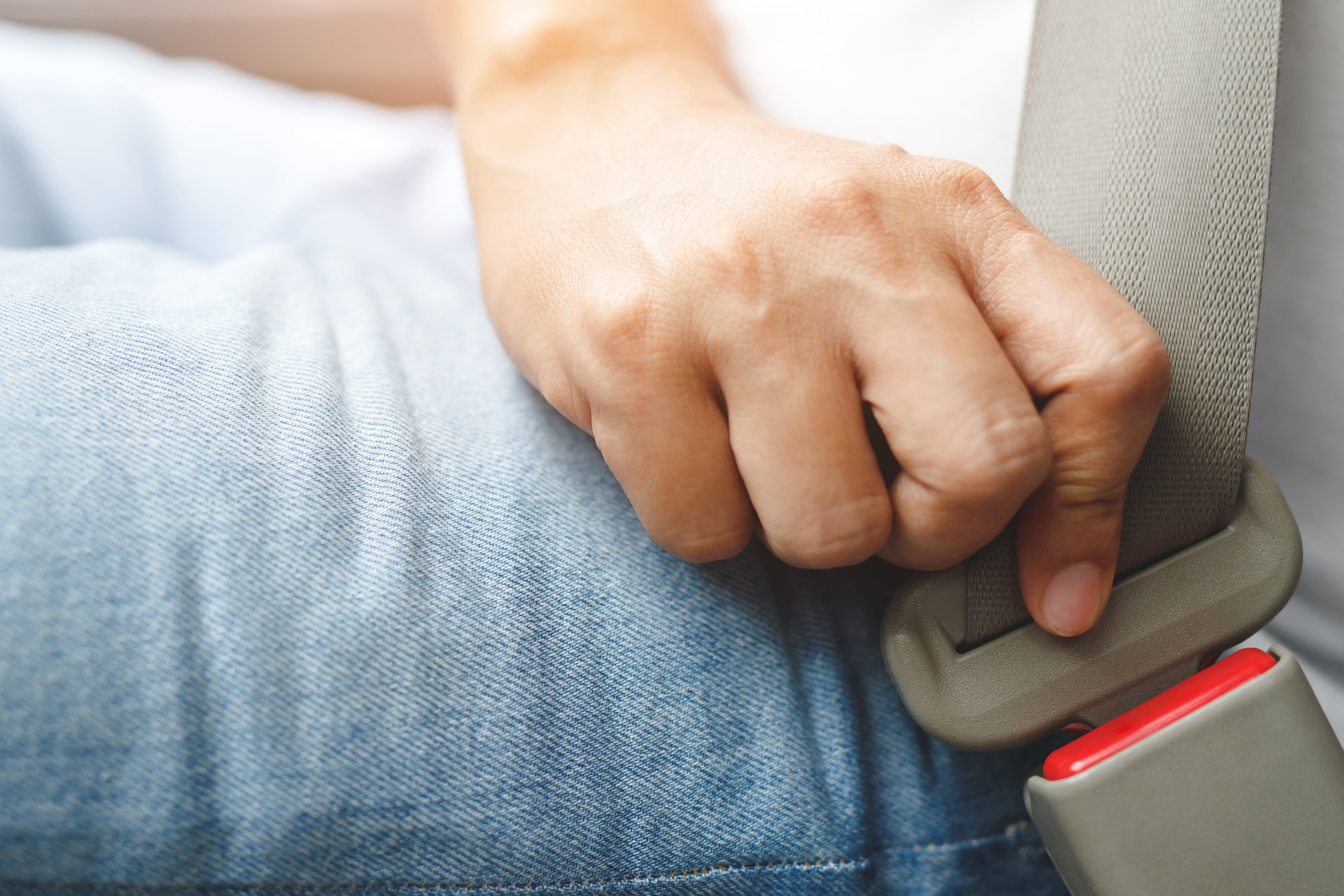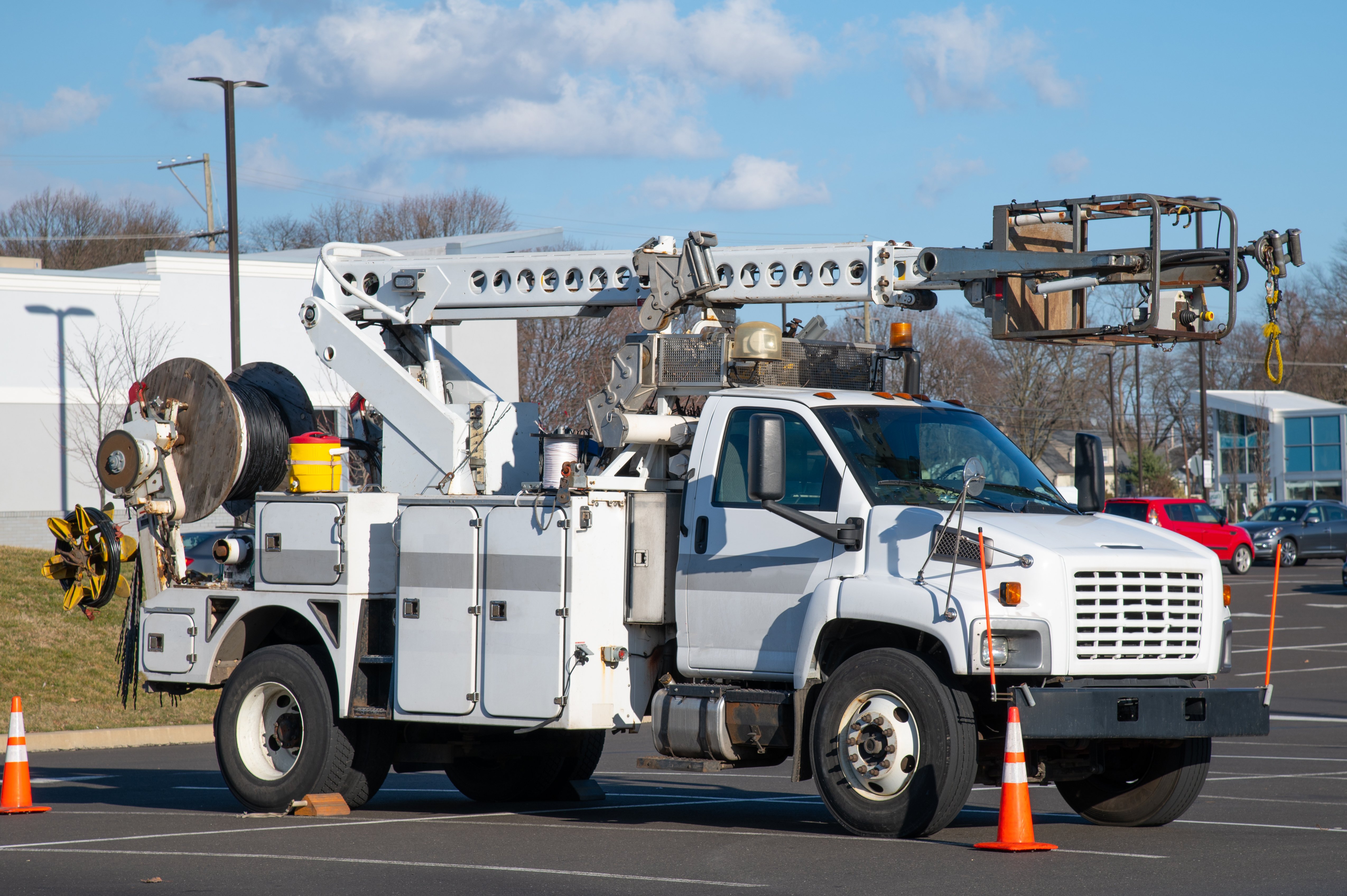Yet, you might be surprised to know that in 2022, seatbelt use across the United States was just 91.6%, despite statistics indicating that seat belts saved 14,955 lives in 2017 alone.
If it is such an easy way to ensure a safer journey and protect ourselves against fatal consequences, why do so many people still refuse to buckle up?
Excuses We Hear For Not Wearing a Seatbelt
Short Trips or Driving Slowly - Some people trick themselves into thinking that a short trip doesn't warrant a seatbelt. But accidents can happen anytime, even if you only go to the end of the street. However good a driver you might consider yourself, the National Highway Traffic Safety Administration (NHTSA) describes seatbelts as "the best defense against impaired, aggressive, and distracted drivers”—people whose actions we can’t predict or control.
Discomfort - Some complain about seatbelts being uncomfortable. But modern designs have made them more ergonomic and adjustable for comfort. There are options for a more comfortable fitting belt.
Fear of Being Trapped - A common misconception is that a seatbelt may trap you in a sinking or burning car. According to the NHTSA, fire or water incidents account for half of one percent of all crashes. Moreover, seatbelts enhance the ability to stay conscious, so you can take action and make informed decisions during emergencies.
There's an Airbag - Some people believe an airbag is designed to replace the need for a seatbelt, but this is a dangerous assumption. Relying on airbags for protection is not sufficient. In reality, the force of an airbag can cause severe harm or even be fatal if you are not wearing your seatbelt.
The Driver is a Professional - It doesn't matter if you're in a professional vehicle like a ride-share, taxi, or limousine. The dangers on the road are the same for everyone, so it's just as important to buckle up.
What Does a Seatbelt Do?
When driving a vehicle, a seatbelt is crucial for sudden braking or swerving as it aids the driver in maintaining control. By wearing a seatbelt, you remain securely in your seat and are better equipped to respond and adapt to unexpected situations. Wearing a seatbelt during a crash helps keep you inside your vehicle. They minimize contact between the occupant and the car's interior, reducing the risk of further injury and the chance of being thrown from the vehicle, which is shown to almost always have fatal consequences.
Buckling up gives you a much greater chance of being conscious and able to move physically. This means you are safer after a crash as well as during one.
Seatbelts don't just promote safety for the wearer. They also stop them from becoming a risk to other vehicle occupants. Not wearing a seatbelt makes someone more likely to become a projectile object within the vehicle, risking fatal consequences to others.
Wearing a seatbelt is a no-brainer, right?
In case you need further convincing, take a look at the statistics.
The benefits of using seatbelts far outweigh any perceived risks. From 1975 to 2017, seatbelts saved approximately 374,276 lives. The NHTSA suggests that using lap and shoulder belts can decrease the risk of front-seat passenger car occupant deaths by 45% (54% during nighttime crashes), moderate to critical injuries by 50%, light truck occupant deaths by 60%, and moderate to critical injuries by 65%.
How Has Seatbelt Technology Evolved?
Car manufacturers continue to prioritize the development of seatbelt technology to make them ever more effective and comfortable. Nils Bohlin's invention of the 3-point seatbelt was a huge step forward in seatbelt innovation, combining a lap and shoulder belt to significantly reduce the risk of injury in a crash or sudden braking incident.
Over the years, we've seen the addition of pre-tensioners and load limiters, which tighten the seatbelt upon impact, minimizing slack and reducing the risk of injury. Many newer vehicles come equipped with inflatable seatbelts, which provide additional protection when deployed upon impact.
How Can We Promote Seat Belt Awareness?
Encouraging more drivers and passengers to wear seatbelts might require continued effort along several fronts.
In-Vehicle Technology - Most modern vehicles have sensors and warning systems to remind passengers and drivers to wear seatbelts. Forgetting to buckle up is no longer an excuse because the alarms and flashing lights are hard to ignore.
Modeling Behavior - The attitudes and actions of parents and role models strongly influence children. This is the easiest and most effective way to promote a habitual culture of seatbelt safety for the next generation to follow.
Education Campaigns - Government agencies, schools, and organizations should conduct regular awareness campaigns highlighting the importance of seatbelts through seminars, workshops, and social media.
Law and Compensation - The law is used to enforce the use of seatbelts across the United States. In many jurisdictions, you will be liable to pay substantially more fines and damages if you are involved in a crash and not wearing a seatbelt. In some cases, you might even face imprisonment.
Play Your Part
In the wake of the Covid-19 pandemic, there has been a surge in the percentage of unrestrained passenger vehicle occupant deaths. The figure rose from 46.6% in 2019 to 50.9% in 2020 and 50.0% in 2021.
We all must play our part in reversing this trend and promoting safe behavior on the road. Whether you are a driver or passenger, remember that you are modeling behavior to those around you, and there is nothing simpler or more important than wearing a seatbelt. When someone gets in your car, wearing seatbelts shouldn’t be up for negotiation.










